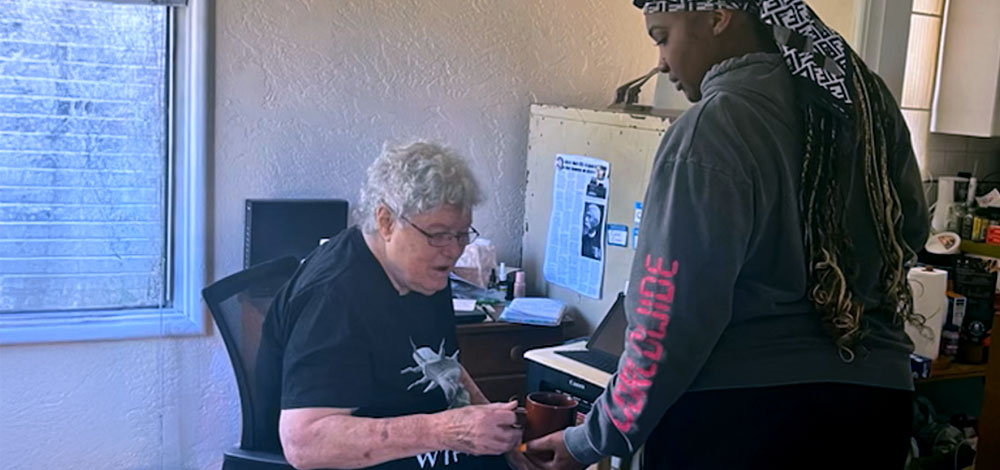View the Report
Jump to All Downloads & LinksAbout the Series
This report is part of the series CalAIM for Seniors and People with Disabilities, which focuses on elevating experiences from California and other states to ensure CalAIM reforms impacting Medi-Cal’s seniors and people with disabilities build on past efforts to integrate and improve care.
More than two million seniors and people with disabilities (SPDs) enrolled in Medi-Cal in California will be impacted by reforms, initiatives, and new policies being developed through CalAIM (California Advancing and Innovating Medi-Cal). CalAIM’s overarching goal is to streamline and create uniformity across the state and counties in services, eligibility, benefits, and delivery systems.
Currently, the organization and delivery of health care and social services for SPDs varies significantly across California counties. The system can also be quite complicated for enrollees, who often interface with multiple delivery systems and programs with various points of entry and differences in eligibility criteria. As CalAIM seeks to reduce this complexity in the long term, in the short term it will involve moving or transitioning SPDs into new or consolidated delivery systems and programs.
This issue brief describes key care delivery transitions that will impact SPDs during implementation of CalAIM, and considerations for this group as they move into new delivery systems — with a focus on addressing health equity by engaging consumers and educating providers. As Medi-Cal managed care plans and provider organizations work together to engage SPDs in these new systems and programs, the information in this issue brief could inform their approach.
Five CalAIM Delivery System Transitions
Under CalAIM, several policies and new initiatives shift SPDs into new programs and delivery systems. Below are five such care delivery transitions with potential impacts to seniors and people with disabilities.
| Before | After |
|---|---|
| Health Homes Program and Whole Person Care Pilots | Enhanced Care Management |
| Fee-for-service Medi-Cal | Statewide mandatory enrollment in Medi-Cal managed care plans |
| Hybrid Managed Care / FFS Institutional Long-Term Care (LTC) Benefit | Institutional LTC carved in to managed care statewide |
| Cal MediConnect | Medicare Medi-Cal Plans (formerly called Exclusively Aligned Enrollment Dual Eligible Special Needs Plans) |
| Nonaligned Medi-Cal and Medicare | Medicare Medi-Cal Plans (optional transition) |
Each of these transitions provides major opportunities to improve the consistency, integration, and effectiveness of care for SPDs — but transitions also come with challenges. The full issue brief, available for download below, outlines some of the challenges these transitions may present, as well as opportunities to ensure these transitions are as smooth and straightforward as possible for SPDs, their caregivers, and their providers.
About the Authors
Carrie Graham, PhD, is the director of long-term services and supports, and Torshira Moffett, MPH, is a senior program officer at the Center for Health Care Strategies, a policy design and implementation partner devoted to improving outcomes for people enrolled in Medicaid, including those dually eligible for Medicare and Medicaid. Hope Glassberg, MPA, is the president of Decipher Health Strategies, a firm providing experience at the intersection of health policy, strategy, and operations to states, nonprofits, and technology organizations. Athena Chapman, MPP, is president; Elizabeth Evenson is senior policy director; and Samantha Pellón, MPH, is policy director at Chapman Consulting, which provides strategic planning, meeting facilitation, organizational support, market research, and regulatory and statutory analysis to organizations in the health care field.




